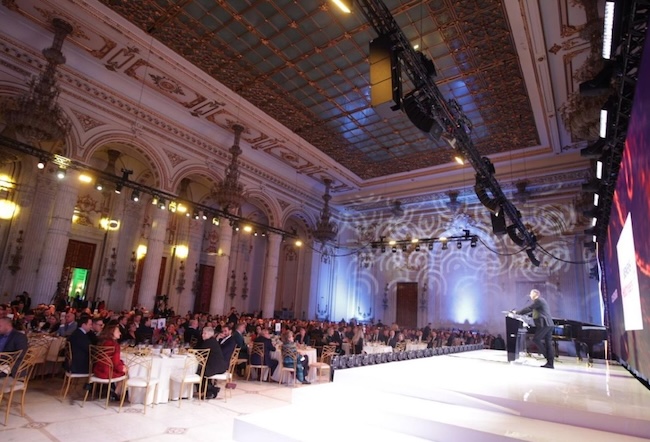EY: Romania, the third most attractive investment destination in the CEE region

Romania is placed as the third most attractive destination for foreign investment within the countries in the Central Eastern European region following EY’s annual report, European Attractiveness Survey. Poland and the Czech Republic maintain the two leading positions although their attractiveness is declining , so Romania comes the third, surpassing Hungary, after a 2 percent improvement over 2013. Provided the Czech Republic continues on a downturn trend in that respect, Romania may see an improvement of investors’ perception so as to put it ahead, on the second place as regards its attractiveness as investment target.
Continuing the emergence from recession, Europe reached last year an
all-time high given the foreign direct investment (FDI) projects, the EY survey
counting nearly 4,000 inward investment decisions, a 5 percent gain over 2012.
Yet, job creation by FDI remains 15 percent below pre-crisis levels, also
depressing by 2 percent compared to 2012.
The United Kingdom and Germany were the preferred destinations for
foreign investment in the previous year attracting 38 percent of all projects,
according to the survey which explains that ”In
both countries, growth was driven by foreign investors’ strategies to access large
and wealthy markets, with sales and marketing operations accounting for the
bulk of growth in projects (+76 projects in the UK and +31 in Germany from
2012)”. France, Spain and Belgium complete the first five places in the top
15 countries by FDI projects.
Romania missed the top which although includes five CEE countries,
except from Turkey, the other states – Russia, Poland, Serbia and the Czech Republic
have all seen a significant drop of FDI projects in 2013, confirming the
general situation revealed by the EY’s survey. Hence, in the last year, the slow
growth and the economic instability impacted foreign investment generating a
reduction in such projects in CEE’s leading FDI destinations.
According to the report in question, Romania conserved the past year the
tenth position in Europe in terms of FDI jobs, though the jobs created by FDI
projects (about 6,160) fell by 13 percent compared to 2012. Basically, in the
whole Europe there was an overall decline by 5 percent of FDI projects, while
related jobs fell by 4 percent.
The European Attractiveness Survey reports that the US continued to be
the leading single investor in Europe (about 1,000 projects creating some
37,700 jobs), even though intra-European investment is still the largest source
of FDI projects. A positive evolution was recorded as well considering the
investment projects which came from China, India, Brazil and Russia and which
added up to 313, a 28 percent advance compared to 2012.
There was recorded increasing investment in innovative projects, with high added value, most foreign investment targeting software or services projects – nearly 1,000. While during pre-crisis time, manufacturing accounted for almost half of FDI projects in Europe, services operations now have a larger share of the total projects (FDI activities share in the 2009-2013 period was 55 percent – services and 45 percent – industrial, according to the EY information). Pharmaceutical and scientific research sectors were also some of the most interesting areas to investors, seeing major growth in terms of FDI projects.
As for the coming years, investors believe that FDI will advance, showing confidence in Europe’s economic potential. In spite of a moderate optimisim revealed by EY’s 2013 survey which indicated that only 39 percent of investors were expecting Europe to increase attractiveness whilst 23 percent of them had a negative perspective with regard to investment, the current report shows a change in their perception. Thus, 54 percent of them forecasted growing investment and a limited 12 percent of those questioned said that investment will decline. Moreover, according to the survey, there is even a higher level of optimism among Asian investors, of whom 60 percent anticipate a positive evolution of investment across Europe.
Key-sector driving the European growth in the next decade are the IT&C, pharmaceutical and biotechnology, as well as energy, while vulnerabilities which require improvement on long term, remaining the top priorities for investors are the labor market which need to be modernized, economic integration and regulation which need to be simplified.






